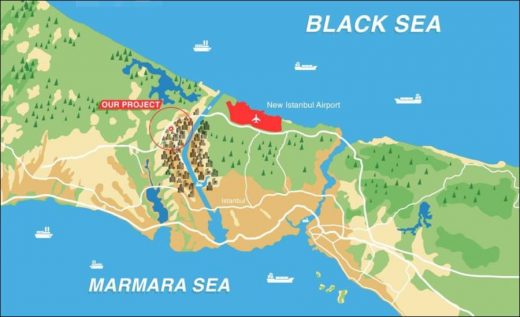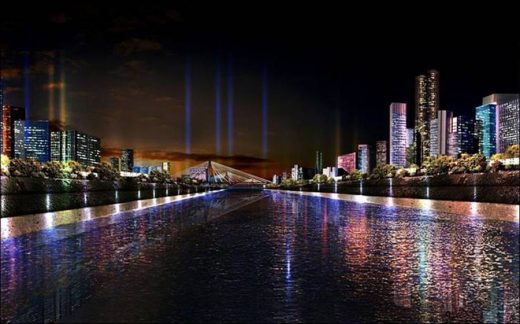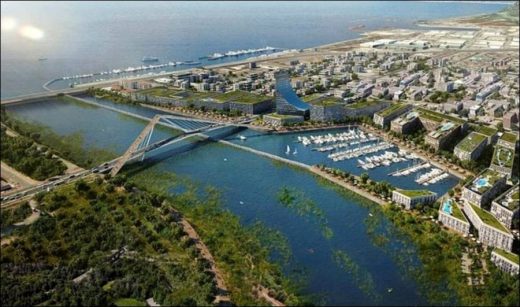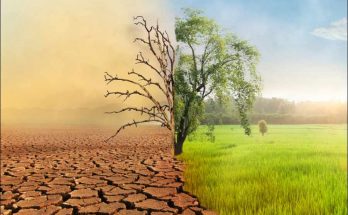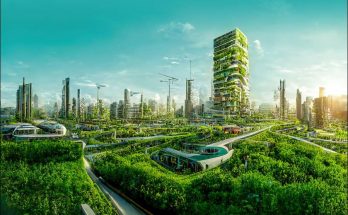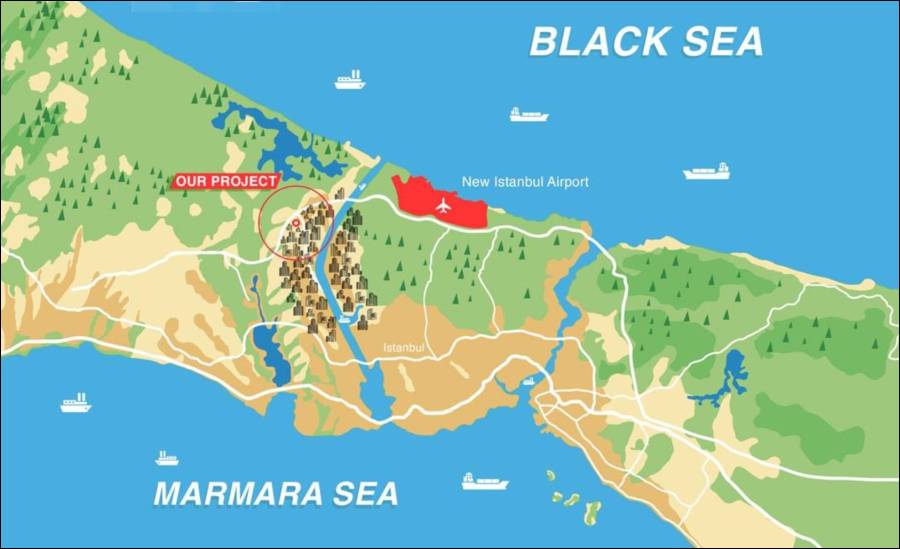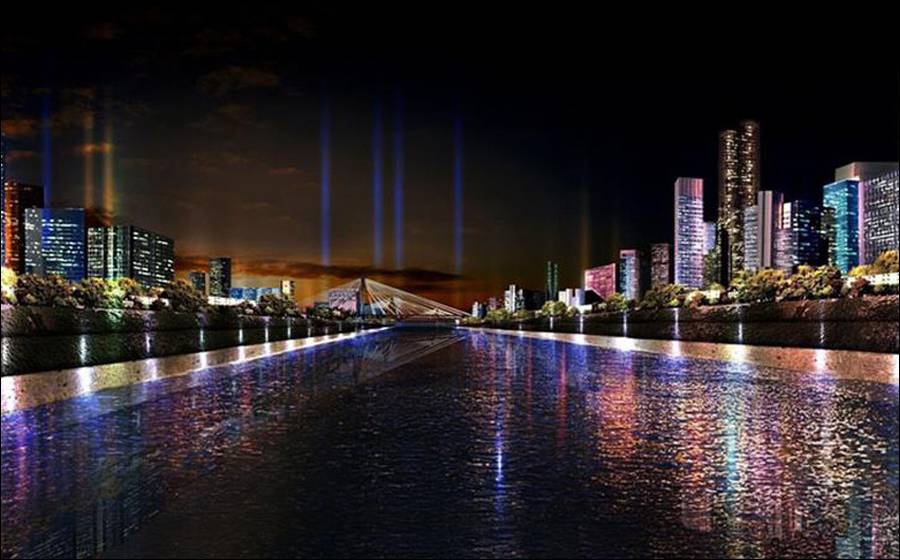Canal Istanbul will be built a new waterway to link the Black Sea to the Sea of Marmara that opens to the Aegean Sea. It is estimated that significant changes will occur regarding the use of the available area. So, this report explains possible Environmental risks of the Canal İstanbul Project.
Transportation is considered one of the most important indicators of development in modern societies. Today, a considerable part of global trade is sustained through the seaway. Canal İstanbul will be built a new waterway to link the Black Sea to the Sea of Marmara that opens to the Aegean Sea. It is estimated that significant changes will occur regarding the use of the available area. So, this report explains possible Environmental risks of the Canal İstanbul Project.
It was late April 2011 when the Canal Istanbul project has been proposed by the Prime Minister Erdogan. A 50 km long maritime transportation canal, 145-150 m wide and 25 m. deep, to be built between the Sea of Marmara and the Black Sea, at the European part of the province of Istanbul. The canal will allow the passage of vessels up to 300.000 DWT, which is about %10 larger than the maximum allowed in other canals. Canal Istanbul project will be done with a cost of 75 billion pounds and according to the latest EIA report prepared for this project, the project is planned to be completed in 7 years.
Possible Effects on The Functioning of The Marine Ecosystem
The Marmara, which connects the Bosporus to the Black Sea and the Çanakkale Strait to the Mediterranean, is an inland sea with two different bodies of water. This is due to the low salinity and low coming from the Black Sea dense waters remain on the surface of the Marmara and the move from the Çanakkale Strait to the Marmara what makes it is that the Mediterranean waters, which have high salinity and density, form the water layer at the bottom.
The opening of the Canal Istanbul means the addition of a new river 3-4 times the size of the Sakarya River as input to the sea of Marmara. If you enlarge the Black Sea – Marmara canal section, fresh water starts flowing rapidly and the Black Sea water chemistry changes. As more and more salted and heavy salt water rises on the seabed, H2S rich Black Sea seabed water rises. It is poisonous and kills the entire sea. The fact that harmful algal eruptions are now occurring almost every year shows that the sea of Marmara, which has sensitive balances, is losing its strength completely. Harmful algal eruptions have become a common occurrence in the Sea of Marmara.
In fact, oxygen to the deep part of the Sea of Marmara is provided almost exclusively by the Mediterranean waters entering the Çanakkale Strait. Therefore, oxygen-free conditions like those in the Black Sea have not occurred until at least today, but historical data shows that over many years, especially in the region between the lower and upper waters, oxygen has decreased. Again, the increasing adverse conditions in the Sea of Marmara, which are quickly affected by the surrounding seas and terrestrial inputs, can be predicted to cause greater devastation if no precautions are taken.
Possible Effects on Ecology
If the Canal Istanbul project is realized, the agricultural lands on the European side of Istanbul will quickly become non-purpose use. The loss of agricultural land will not only be limited to the disposal of the arable land where the canal passes, but this loss will grow even more with the spread of new structures around the canal over time.
It also means ruin vegetation. The sound and vibration that will occur with the use of dynamite and construction machinery in huge quantities will adversely affect all living life in the region, and the heavy traffic and pollution that will be caused by the Loading, Unloading and transportation of extraordinary quantities of material around the route will seriously affect the animals and plants in the region.
The result of further reduction of agricultural and natural areas with Canal Istanbul and similar projects will be the same reduction of the biological capacity in response to the rapid growth of the EAI and thus further deepening the current ecological limit overrun in both Istanbul and Turkey. Istanbul is no longer capable of carrying “crazy” projects anymore.
The large human structures such as Canal Istanbul, New Bosphorus bridge, the new airport projects and activities will create the face of the Earth on land use, moisture, temperature, gas and energy flux changes, and the presence of new and additional heat sources interconnected and that can destroy in order to interact at a level.
Terrestrial Ecosystems, Habitats, Historical and Archaeological Values
RAMSAR Conventions purpose the wetlands and these areas conservation of Biological Diversity and rational use. 14 Ramsar areas in Turkey are available 135 wetlands of international importance. Büyükçekmece, Küçükçekmece and Terkos. Its lakes were also among these 135 areas in Küçükçekmece district, where there are 5 sites about 331 hectares in size, archaeological sites are greater in number and area. The Yarımburgaz Cave, one of the oldest settlements in the world is in Başakşehir district, the 400,000-year-old cave which has the status of a highly archaeological and natural site.
So, Canal Istanbul project could ruin archaeological sites. According to World Union for Conservation of Nature Red List Status of Native Mediterranean Marine Fish Species, 4 species are critically endangered in the Marmara Sea, 4 species are under threat, 6 species are vulnerable, 12 species are close to being threatened and 60 species are considered to be low risk. Fish production and all those endangered species depends on the richness of primary and secondary production and the presence of healthy living conditions. Any changes in the physical–biochemical infrastructure outlined above are will be reflected.
Possible Geological effects and Earthquake Risk
The Marmara region is a serious earthquake zone. According to experts, another large earthquake is expected soon. Considering that the distance of the North Anatolian fault within the Sea of Marmara to the shores of Küçükçekmece is 10-12 km, it is clear that the Marmara end of the canal will be very severely affected by possible earthquakes. If the magnitude of this earthquake is 7.3, It is possible that the canal could be affected by a magnitude of more than 10. How the canal responds to horizontal and vertical movements during these earthquakes is really a matter of serious research.
To conclude, the Canal Istanbul project is capable of affecting not only the Bosphorus and the Marmara Sea, but also the two great seas, with many countries and human communities on their shores. Therefore, it is not possible to decide without considering the international community. But more importantly, we need to take care of the resources, health and future of our own people with the same sensitivity as the surrounding countries.
All aspects of the subject should be thoroughly evaluated by national and even international scientific circles. EIA report alone is not sufficient for this assessment it will connect the two seas, functioning in a balance and order. new waterway, as detailed extensively in the report of ecological, social and economic value at the expense of the removal of, the common habitat of all living things including the human, which is to examine the possible effects of the major interventions that will be made between land, sea and impartial scientific / technical assessments to be decided before it is actually made alone our natural and cultural heritage, but also will lead to a waste of our financial resources.
The construction of the bridges required by the new canal, the excavation of millions of m^3 and billions of pounds to be spent on anchored concrete in return for the Montreux treaty as long as the income to be obtained is virtually non-existent, the project is not an ecologically nor economically sustainable investment. After the canal part of Istanbul is excavated, its base and walls will be covered with 5 m of concrete.
The channel width is 250 m, the walls are 25 m, the cross section of the channel will be excavated another 5 m in this case. Each section is 1550 m2. Canal length 43 km, total concrete volume 66.6 million m3 with 148 thousand new buildings in Istanbul 1.480 million independent sections. You can rebuild the city from Fatih to Avcılar which could save millions of people’s life in the big earthquake. Canal Istanbul is a structure with many risks. If the aim is to reduce the sea traffic much cheaper and can be done in a short time Izmit Sakarya by made entirely as a pool.
Views: 4281
